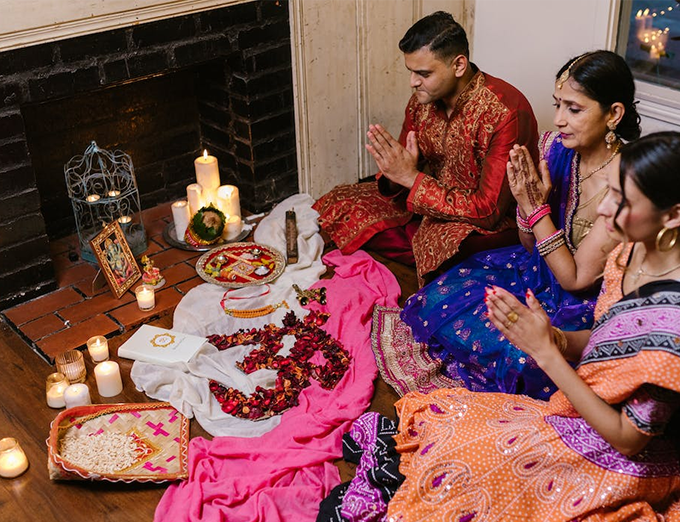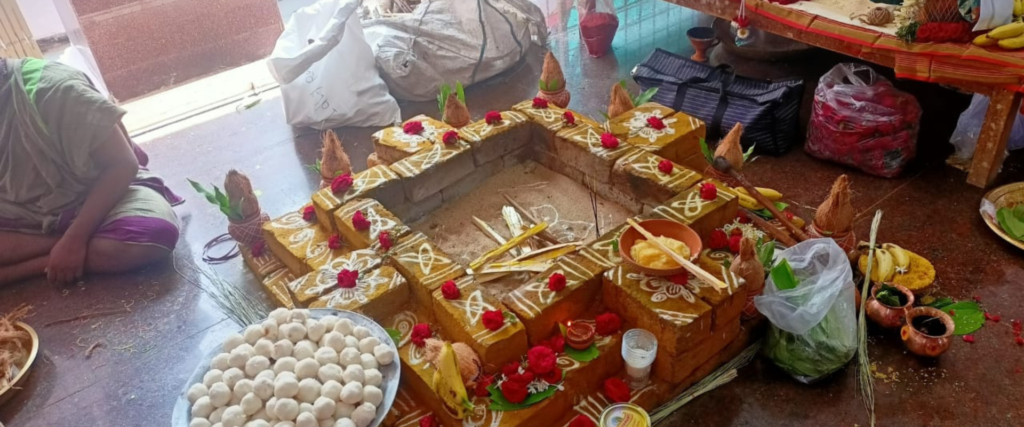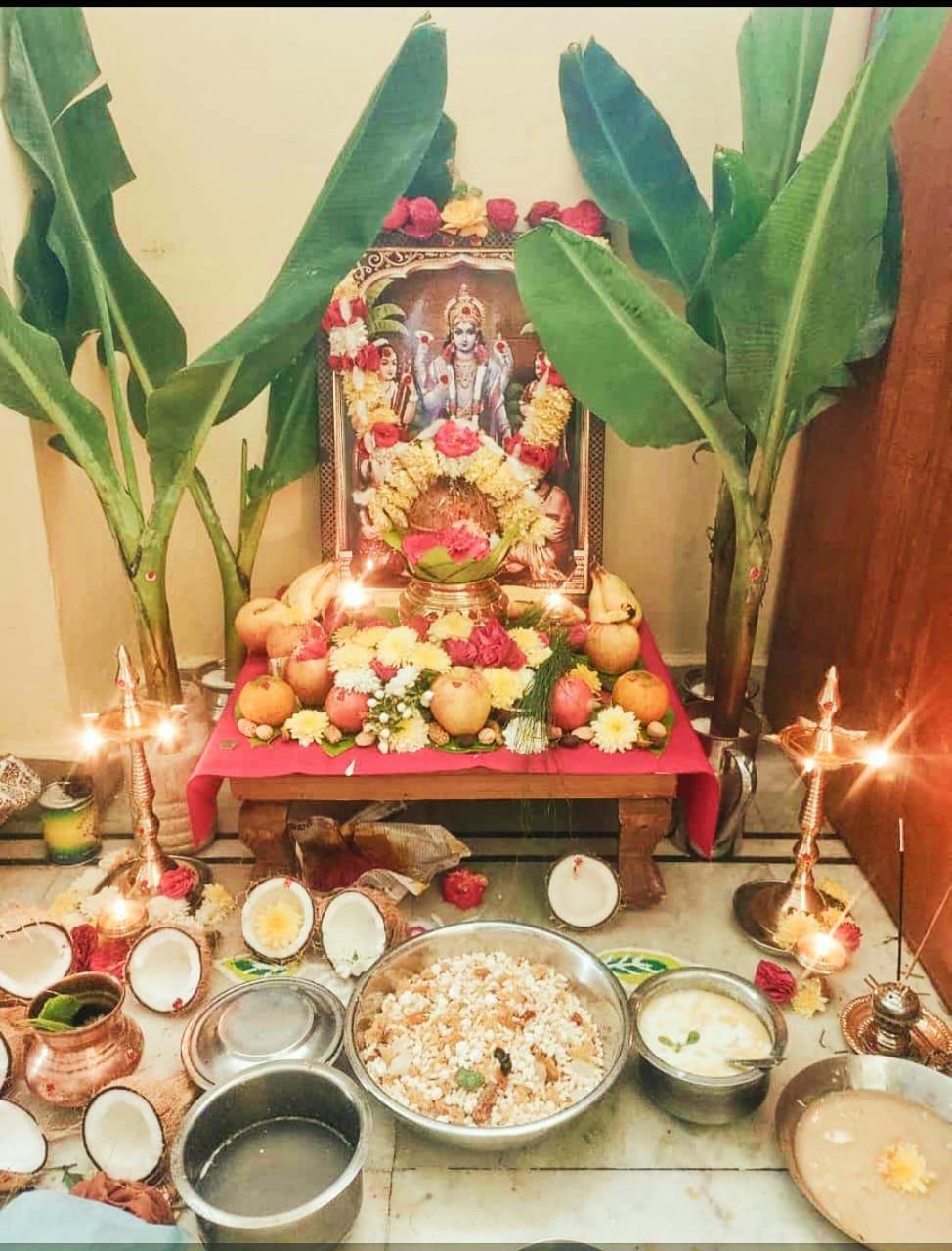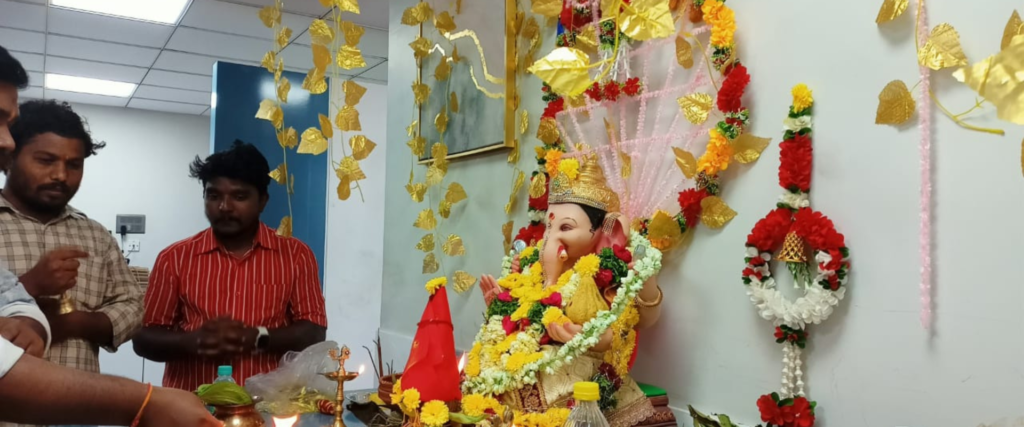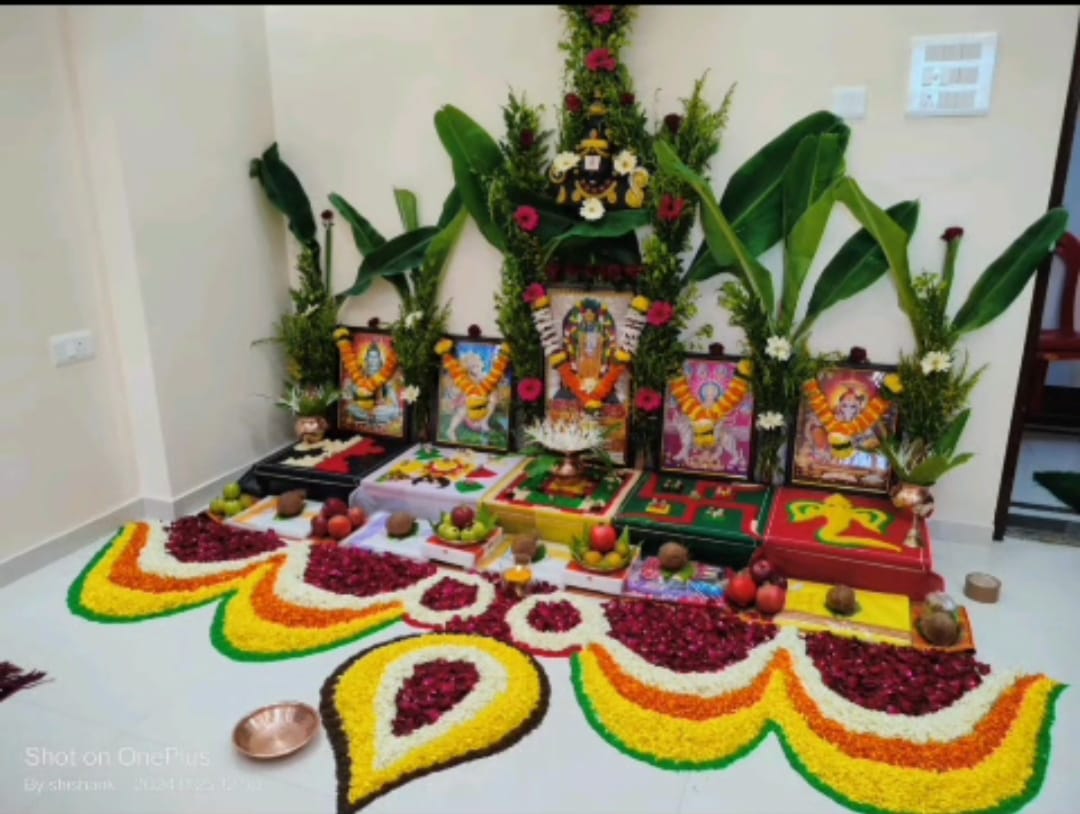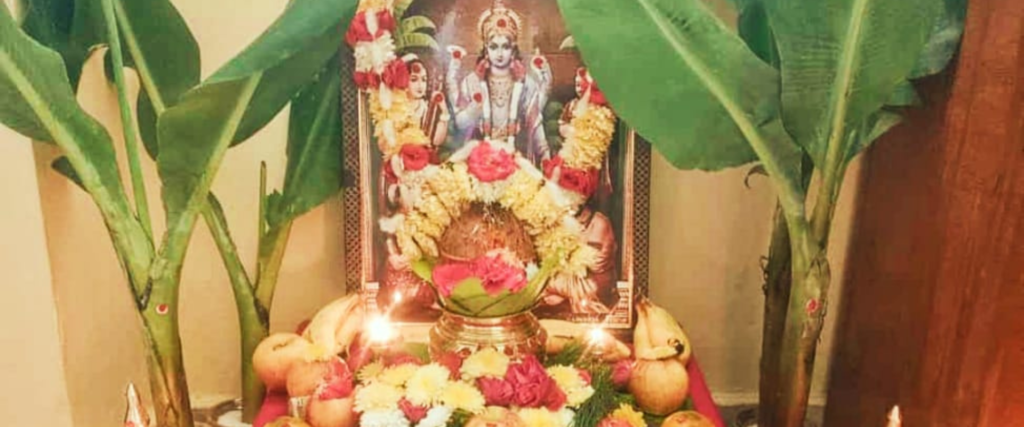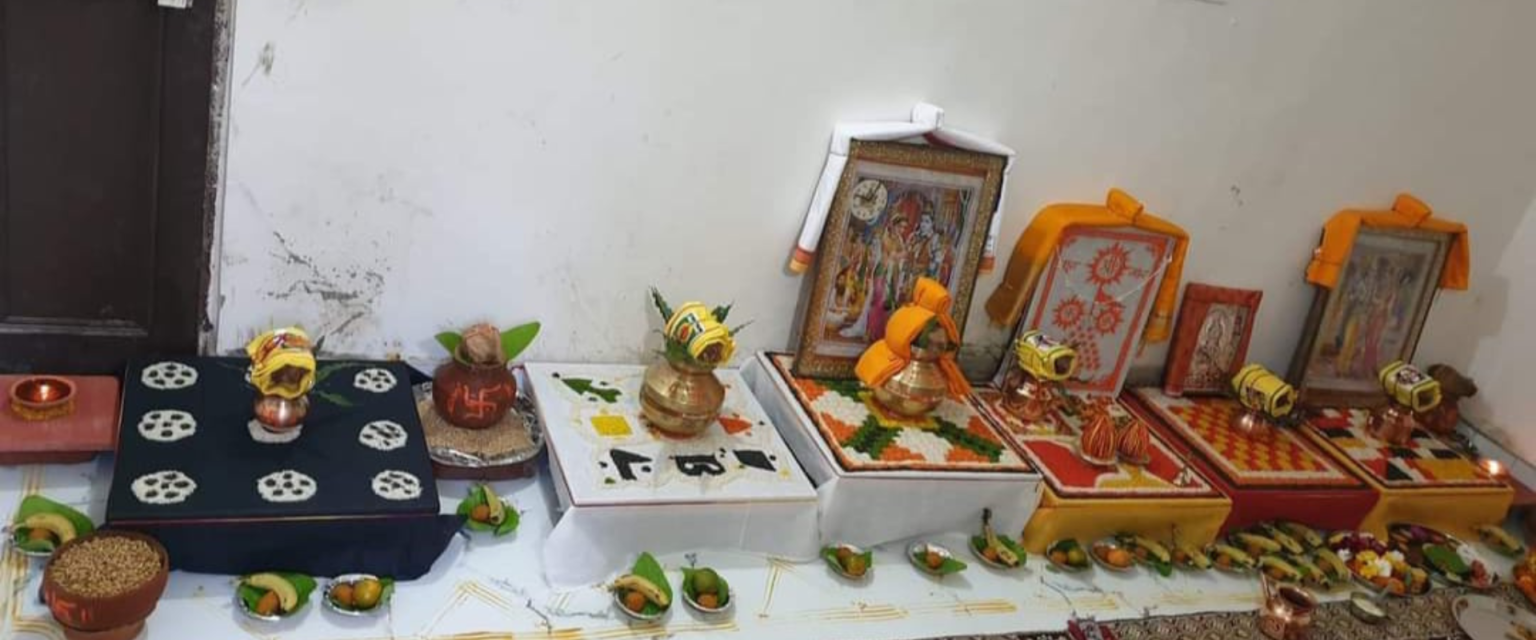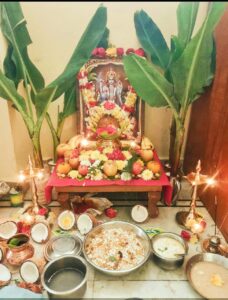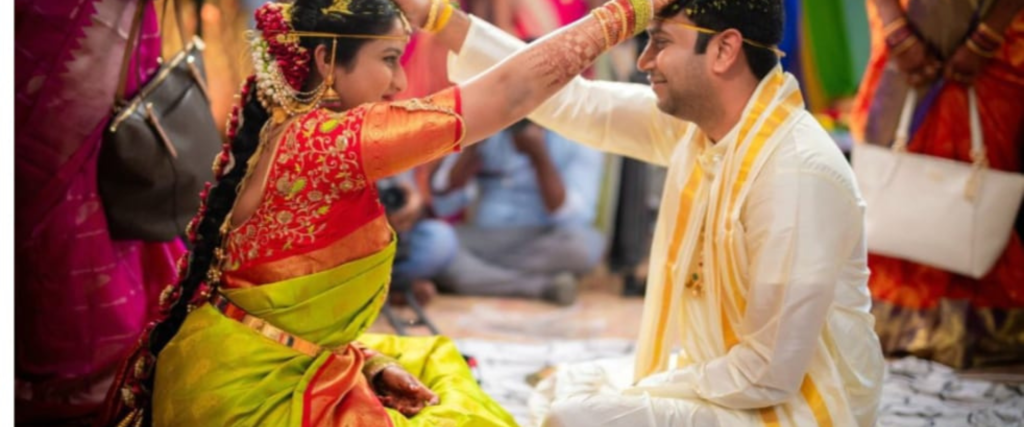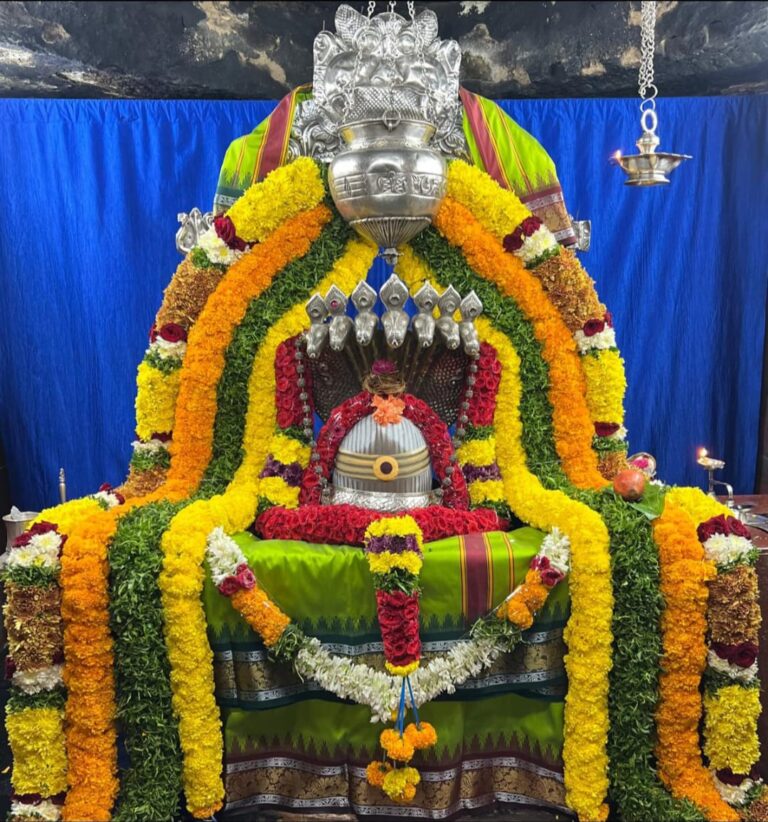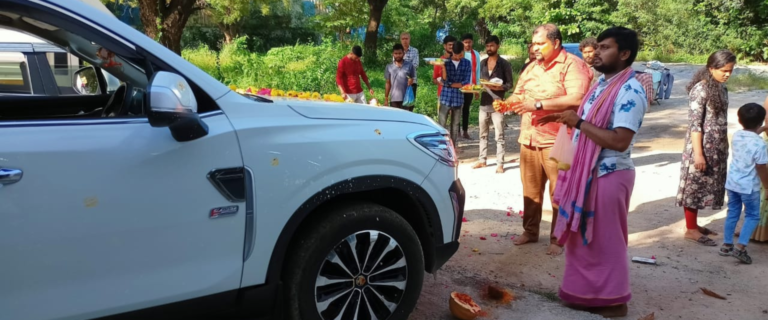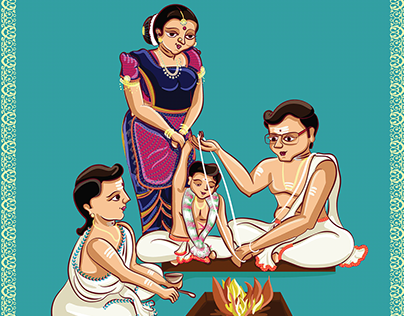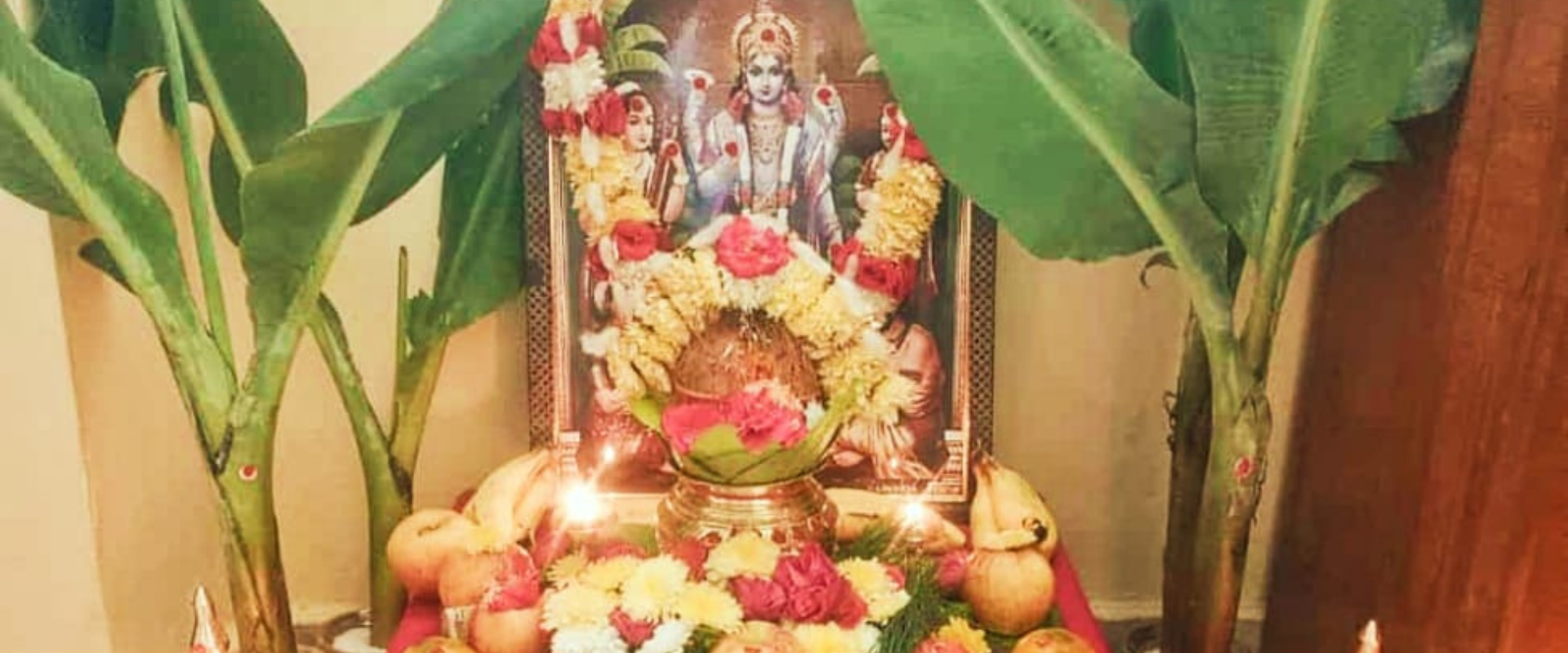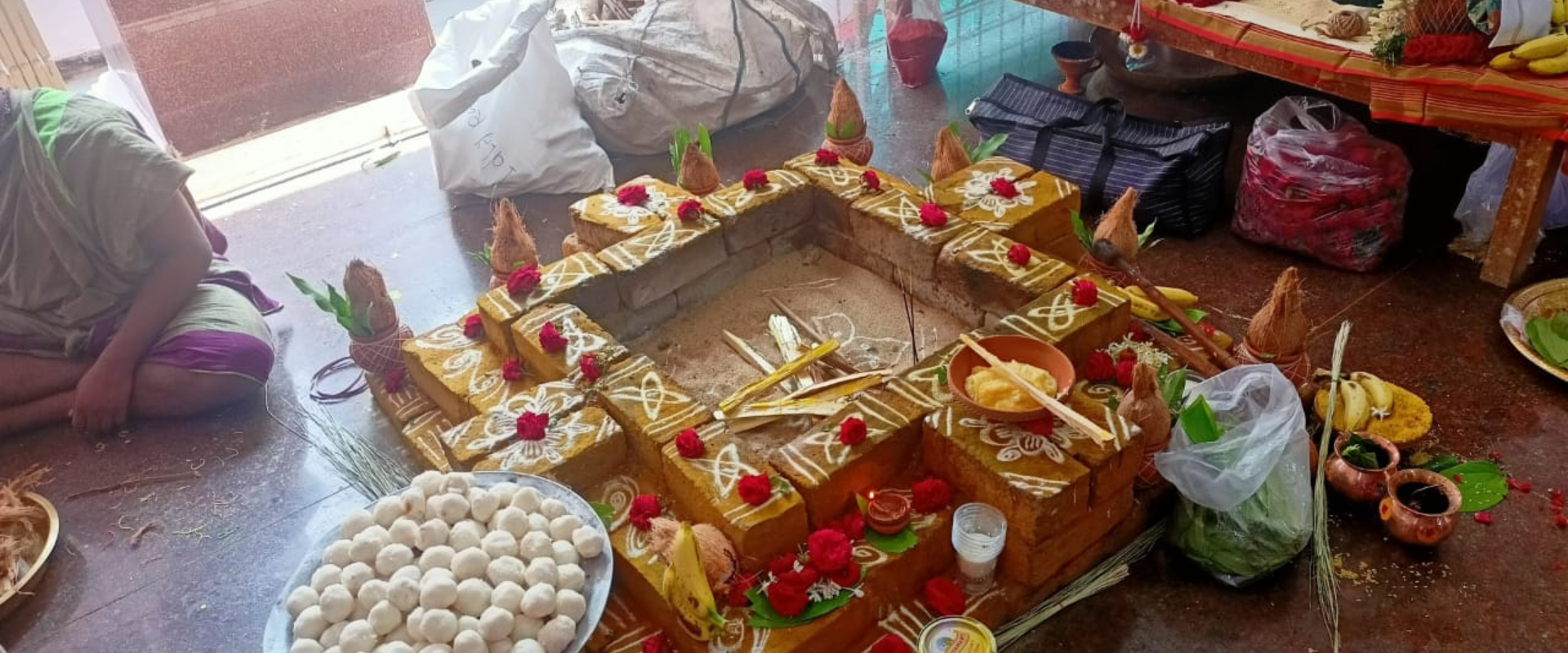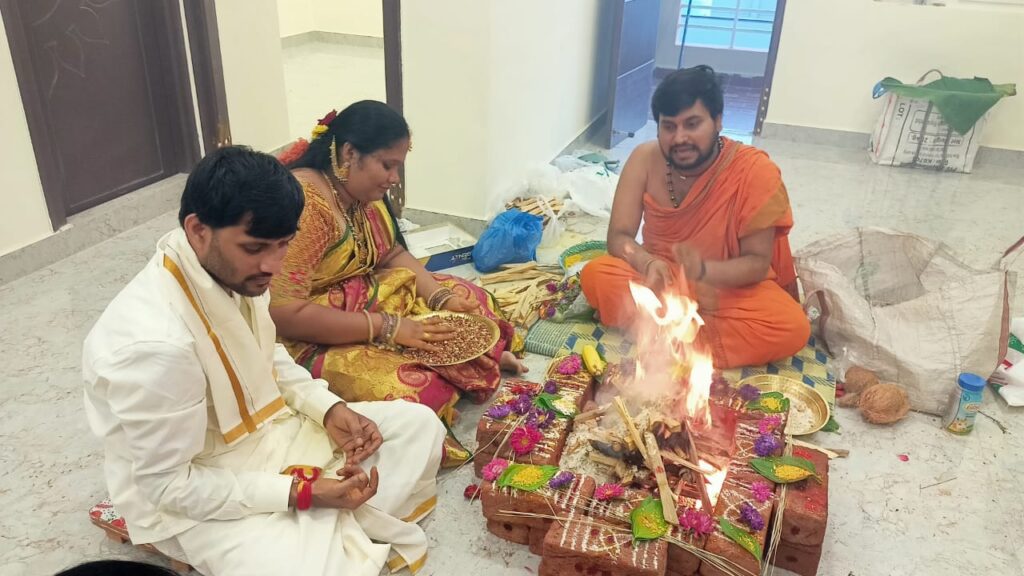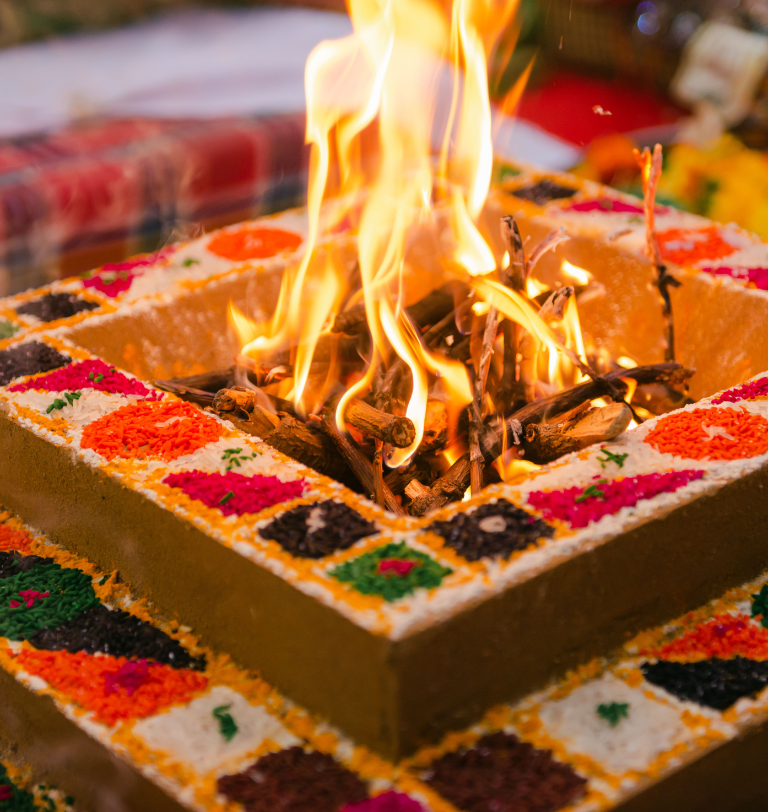Top 7 Powerful Mantras for Daily Chanting and Their Meanings
In today’s fast-paced world, our minds are constantly occupied — work deadlines, digital distractions, and endless to-do lists. Amid this chaos, one of the most ancient and powerful tools for inner peace and spiritual growth still remains mantra chanting. Chanting mantras daily not only calms the mind but also energizes the soul and attracts positive vibrations.
In this post, we’ll explore the Top 7 Powerful Mantras for Daily Chanting, their meanings, and how you can integrate them into your spiritual routine to experience balance, clarity, and divine connection.
1. Gayatri Mantra
Mantra:
Om Bhur Bhuvah Swaha,
Tat Savitur Varenyam,
Bhargo Devasya Dheemahi,
Dhiyo Yo Nah Prachodayat.
Meaning:
This Vedic mantra prays to the Sun God (Savitar) for enlightenment and wisdom. It invokes divine light to guide one’s intellect and actions toward righteousness.
Benefits:
Improves focus and clarity.
Enhances spiritual awareness.
Purifies the mind and surroundings.
Best Time to Chant: During sunrise or early morning.
2. Mahamrityunjaya Mantra
Mantra:
Om Tryambakam Yajamahe
Sugandhim Pushtivardhanam
Urvarukamiva Bandhanan
Mrityor Mukshiya Maamritat.
Meaning:
This is a powerful healing mantra dedicated to Lord Shiva. It is believed to protect against illness, accidents, and untimely death.
Benefits:
Provides physical and emotional healing.
Removes fear and anxiety.
Promotes longevity and well-being.
Best Time to Chant: Before sleeping or during stressful periods.
3. Om Namah Shivaya
Mantra:
Om Namah Shivaya
Meaning:
This simple yet profound mantra means “I bow to Lord Shiva.” It symbolizes inner purification, transformation, and surrender to the divine consciousness.
Benefits:
Brings mental peace and emotional balance.
Helps release negative emotions.
Strengthens willpower and discipline.
Best Time to Chant: Anytime; especially during meditation.
4. Hare Krishna Mantra
Mantra:
Hare Krishna Hare Krishna
Krishna Krishna Hare Hare
Hare Rama Hare Rama
Rama Rama Hare Hare.
Meaning:
This mantra invokes the energy of Lord Krishna and Rama, representing pure love, joy, and devotion. Chanting it connects one with divine bliss.
Benefits:
Increases spiritual joy.
Cleanses the heart of negativity.
Promotes unconditional love and devotion.
Best Time to Chant: Morning or evening during prayer.
5. Om Mani Padme Hum
Mantra:
Om Mani Padme Hum
Meaning:
A Tibetan Buddhist mantra translating to “Hail the Jewel in the Lotus.” It represents compassion, purity, and the path to enlightenment.
Benefits:
Cultivates compassion and forgiveness.
Purifies negative karma.
Promotes mindfulness and peace.
Best Time to Chant: During meditation or yoga practice.
6. Shanti Mantra
Mantra:
Om Saha Nau-Avatu
Saha Nau Bhunaktu
Saha Viryam Karavavahai
Tejasvinavadhitamastu Ma Vidvishavahai
Om Shanti Shanti Shantih.
Meaning:
This mantra is a prayer for peace, cooperation, and mutual understanding. It seeks divine blessings for collective learning and harmony.
Benefits:
Promotes peace and unity.
Reduces anger and ego.
Ideal for students and groups.
Best Time to Chant: Before starting any task or study session.
7. Om
Mantra:
Om
Meaning:
The sound of creation — Om is the primordial vibration from which the universe emerged. It symbolizes the essence of the ultimate reality and consciousness.
Benefits:
Centers the mind and body.
Balances energy flow.
Strengthens meditation and breathwork.
Best Time to Chant: Anytime — especially at the start or end of meditation.
How to Start Your Daily Chanting Practice
Set a Routine: Choose a calm time daily — preferably early morning or before bed.
Create a Sacred Space: Light a lamp or incense to create positive energy.
Start Small: Begin with 3–7 repetitions and gradually increase.
Focus on Meaning: Understand the mantra’s essence rather than mechanical repetition.
Use a Mala: Chant with 108 beads to maintain focus and count.
Conclusion
Daily chanting of mantras isn’t just a ritual — it’s a journey toward inner transformation. Whether you seek peace, clarity, or divine connection, these ancient mantras can help you align your mind, body, and spirit.
✨ Start today — pick one mantra, set your intention, and experience the divine vibration of sound and silence.
FAQs
The Gayatri Mantra or Om is ideal for beginners due to their simplicity and universal benefits.
Traditionally, chanting 108 times is considered auspicious, but you can start with any number that feels comfortable.
Yes, but understanding the meaning deepens the connection and amplifies the mantra’s effect.
Absolutely! Silent chanting (mental recitation) is equally powerful as it vibrates within your consciousness.
Yes, but start with one or two to maintain focus and consistency before expanding your practice.


